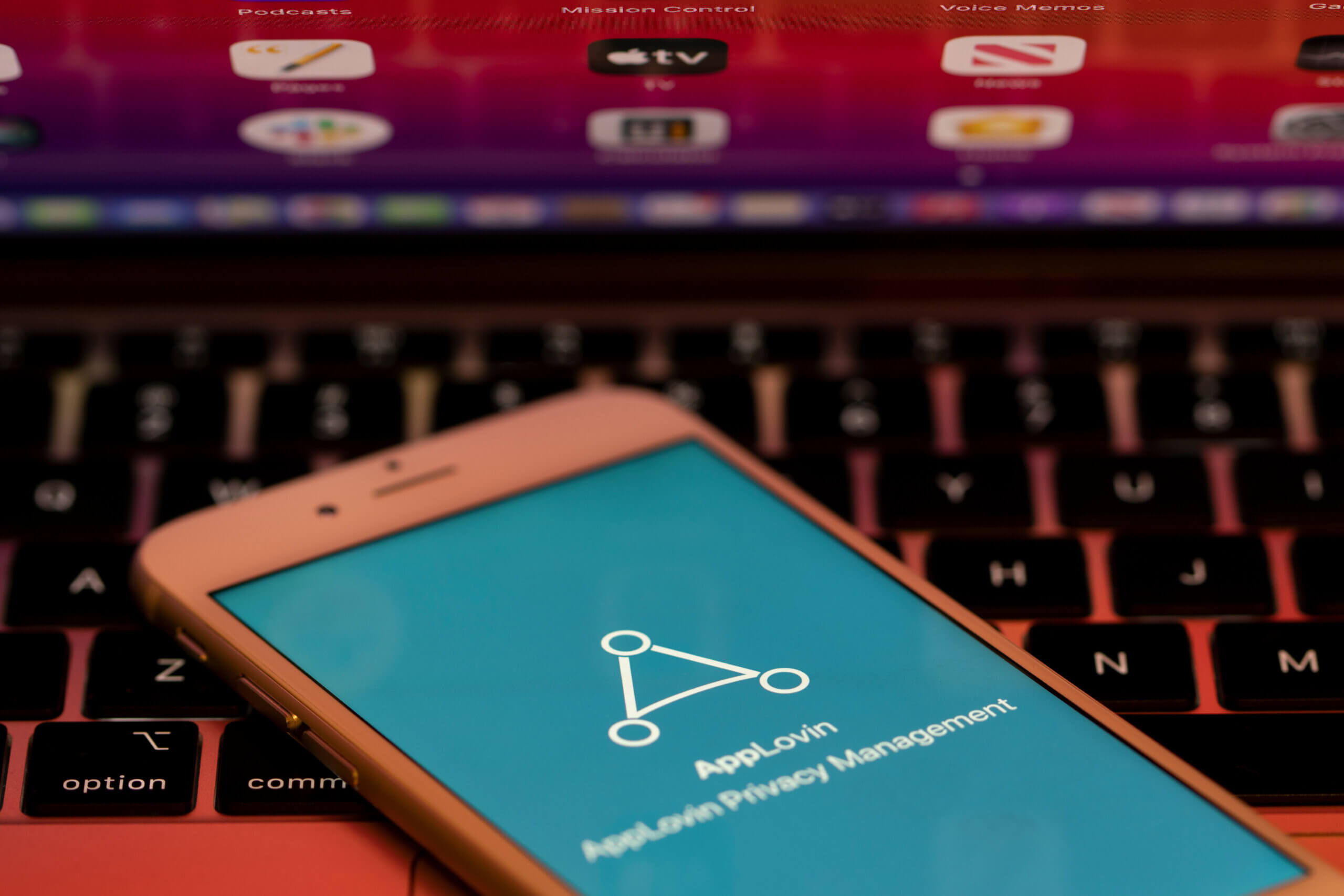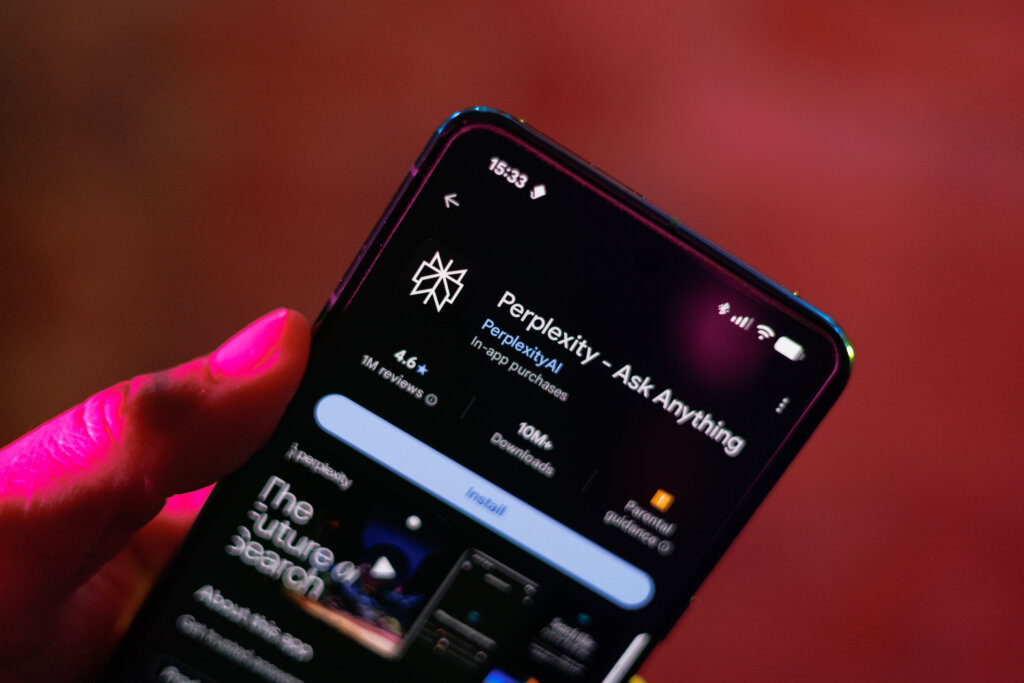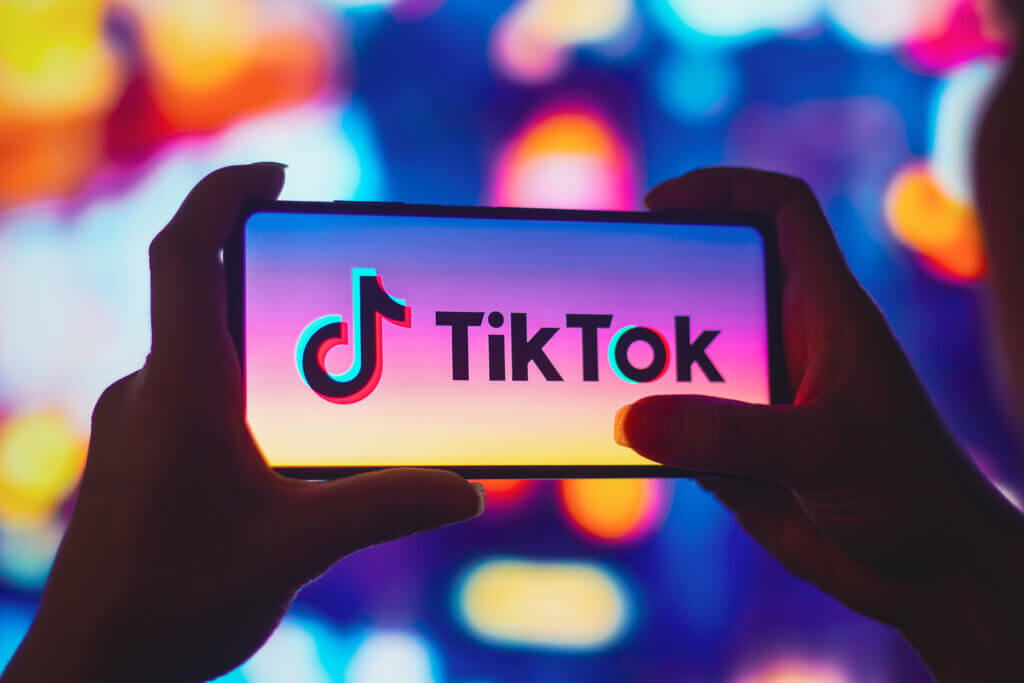Over the past few weeks, AppLovin ($APP) has been the target of not one, but three separate short seller reports—from Fuzzy Panda, Culper Research, and most recently, Muddy Waters Research. The latest, published on March 27, caused a sharp drop in AppLovin’s stock and outlined a series of serious allegations.
As someone who works in ecommerce marketing and has spent time analyzing AppLovin’s platform, I wanted to share my perspective—not as a financial analyst, but as someone who actively works with ad platforms and understands how conversions, retargeting, and attribution actually work in practice.
Disclaimer: This is not financial advice. I do own a small, non-material position in AppLovin stock (<1% of my portfolio) based on my belief in its advertising technology. I am not paid by AppLovin or any affiliated parties. All views here are my own.
Table of Contents
Overview of Muddy Waters’ Report
Unlike previous reports, Muddy Waters came armed with data. They analyzed five Shopify brands advertising on AppLovin across verticals like apparel, beauty, and healthcare, tracking results from December 30, 2024 to February 16, 2025. Collectively, the brands generated $300 million in revenue across 37 million users—roughly $8.11 in revenue per user.
But what stands out most is that these are large brands, each doing around $446 million in annual GMV. That context is key to evaluating the claims.
Claim I: Only 3.4% of Users Had Clicks from AppLovin Ads
My Perspective: Without knowing the brands’ ad budgets or the percentage of site traffic from paid media, this 3.4% figure lacks context. For brands of this size, most conversions come from returning customers or subscribers—not new traffic. It’s misleading to expect a new channel like AppLovin to represent a huge share of total traffic.
Claim II: AppLovin Often Isn’t the First Click in the Conversion Path
My Perspective: Muddy Waters argues that 52% of purchases attributed to AppLovin on a last-click basis weren’t also first-clicks. This isn’t surprising—and actually, it’s better than you might expect.
AppLovin currently struggles with audience exclusions (i.e., it can’t reliably filter out existing customers or past site visitors). So yes, retargeting is happening. But for large brands that have already reached a significant portion of their addressable market, this is normal. The fact that more than half of conversions were both first and last click via AppLovin is impressive, not damning.
Also, retargeting Meta users on AppLovin? That’s how all platforms work. The real issue is AppLovin’s limited targeting controls, which could restrict scale—not prove fraud.
Claim III: Only 25–35% of Sales Are Incremental
My Perspective: This is a fundamental misunderstanding of what incrementality is. Muddy Waters assumes that only first-click purchases count as incremental, which is simply incorrect.
Incrementality means the ad caused the purchase—not whether it was the first touchpoint. You can drive incremental value through retargeting, returning customers, or existing users. Muddy Waters’ exclusion logic ignores how complex user journeys really are.
Structured testing (like holdout studies) is the only way to measure incrementality. AppLovin doesn’t claim to do this, but short sellers haven’t proven that the 25–35% figure reflects reality either.
Claim IV: 22.6% of Advertisers Churned in Q1 2025
My Perspective: Muddy Waters tracked pixel removals from 776 websites and found that 171 were no longer using AppLovin. However, this doesn’t account for lead-gen advertiser bans (which AppLovin itself initiated) or temporary pauses.
We’ve heard firsthand that some advertisers paused due to internal resourcing—not performance. In fact, many brands won’t scale new channels unless they have bandwidth to optimize for them. That doesn’t signal fraud—it’s just the reality of marketing ops.
Claim V: Persistent Identity Graphs (PIGs) Violate Apple’s TOS
My Perspective: This is a complex and serious allegation—and one that’s hard to prove without deep technical investigation. But many ecommerce brands use tools like Elevar to pass first-party data (like Facebook IDs) to ad platforms. That’s entirely permissible.
AppLovin’s CTO clarified that any data sent unintentionally is purged, and visual evidence was shared showing no Facebook ID transfers in certain use cases. It’s up to brands to decide where their data goes—not AppLovin acting unilaterally.
Claim VI: Circumventing Apple & Google Tracking Rules
My Perspective: If AppLovin were truly circumventing Apple and Google’s rules, it’s hard to believe it wouldn’t have been caught by now. We’ve seen both tech giants crack down heavily in recent years. A $100B+ company like AppLovin would be under the microscope already.
Claims of token switching and fingerprinting raise valid concerns, but we need forensic analysis—not speculation—to know what’s really happening.
As Fei Wang, CEO of Source Medium, put it:
Muddy Waters’s description of token changing across environments raises legitimate questions, but proving intentional circumvention versus standard technical implementation requires specialized forensic analysis. When evaluating these claims, we must distinguish between standard device signals used within privacy frameworks and true fingerprinting that creates persistent cross-app identifiers.
Claim VII: Unfair Advantage in Ad Auctions
My Perspective: AppLovin’s Axon 2 algorithm works—period. That’s why its ad revenue has quadrupled. If there’s evidence of foul play, regulators will surface it. But the growth makes sense based on what we’ve seen in performance.
Their placements are non-skippable, their algo is strong, and they’ve added legitimate scale to ecommerce campaigns.
Final Thoughts
Short reports are meant to drive down stock prices—and they often succeed, at least temporarily. But that doesn’t mean every claim holds water.
From an ecommerce marketer’s standpoint, many of Muddy Waters’ assertions lack the context needed to understand how ad platforms actually work. AppLovin has room to improve (particularly on targeting), but the claims about click paths, incrementality, and churn don’t reflect what seasoned marketers see in practice.
Until something concrete surfaces from Apple, Meta, or Google, it’s reasonable to assume AppLovin is operating within standard practice—and innovating in ways that other ad platforms should be watching closely.
Want to cut through the noise and make smarter media decisions?
At Avenue Z, we help brands navigate the complexities of ad tech, performance marketing, and platform changes—with strategy rooted in data, and creative that converts. Whether you’re testing new channels or scaling what works, our team knows what it takes to drive growth and accountability. Learn more about our approach to paid media, here.
Ready for an expert? Let’s talk.
Turn Spend Into Sales
From Meta to TikTok, we build performance media strategies that convert—using AI, commerce integration, and creative built to drive measurable revenue.







